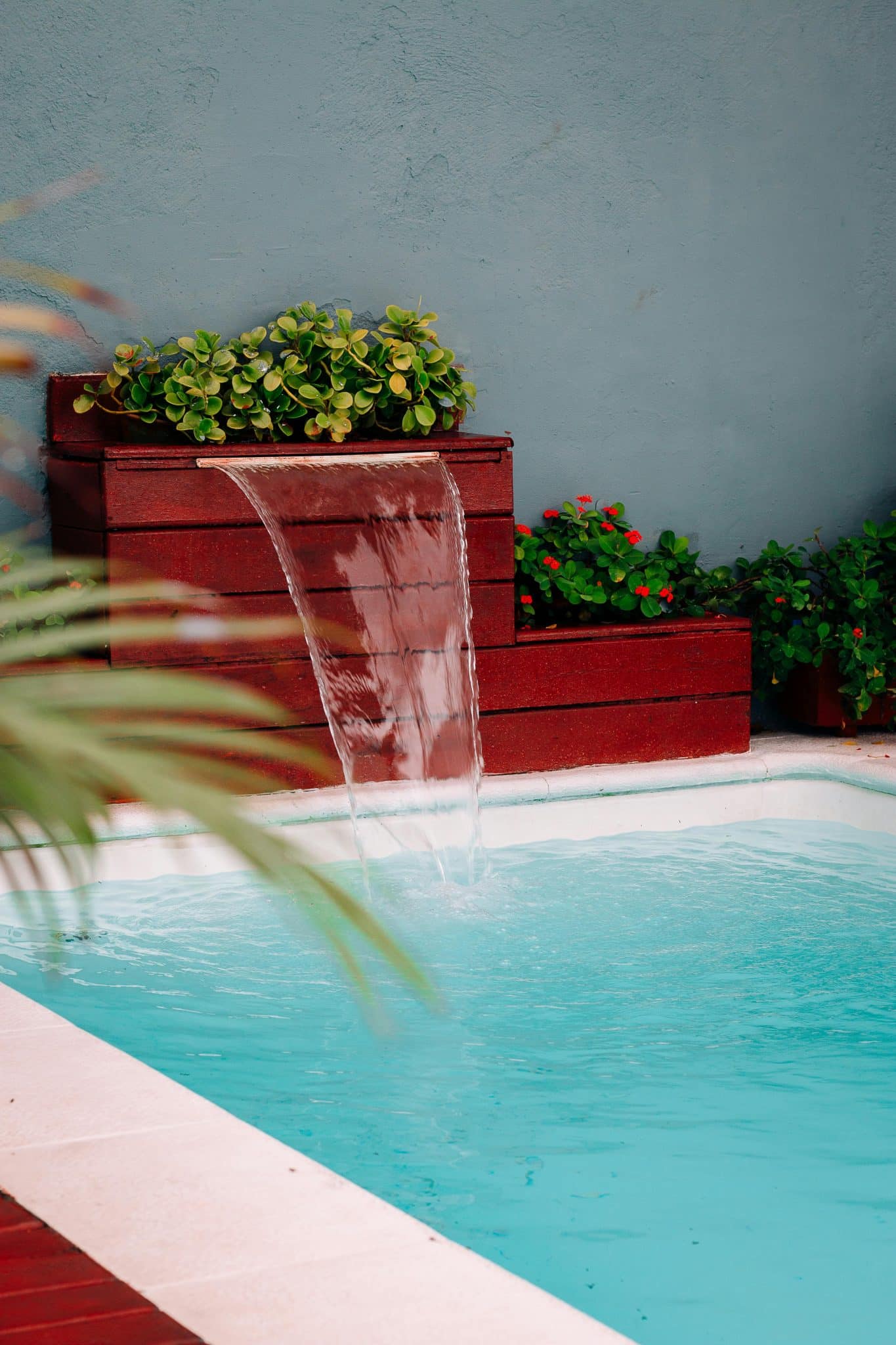Learning more about what is hardscaping and what’s involved can give you some ideas for your next backyard landscaping project.
If you’re interested in home improvement projects, you might have heard about the different types of landscaping available. You’ve probably heard the term landscaping, but what about hardscaping?
The two are related, but they aren’t interchangeable—one focuses on plants and one focuses on hardscape materials that aren’t living things. Learn more about the definition of hardscaping, and why it matters to your landscaping plans.
What Is Hardscaping?
Hardscaping is considered to be the work involved in the creation of hardscape features. This can include walls, paving, fencing, and other structures. It is meant to contrast with softscape, which refers to living elements like plants. In other words, hardscapes are the non-living features of your landscape.
The term hardscape is a bit ambiguous, as it can refer to anything from stone wall construction to a wooden bench. Defining what qualifies as a hardscape will depend on the needs of the person who is going to use it for their home or business.
For example, if you are an artist who paints outdoors and you need a place to sit down for lunch or take a break, then a bench would probably qualify as a hardscape for you.
For landscaping, it refers to the hard features of a property.
Benefits Of Hardscaping
Hardscaping your yard has a few different benefits that you should take into consideration. For one, it can save you time and money in the long run. Low-maintenance hardscaping means less time spent watering, mowing, and weeding your yard. It also means fewer trips to the nursery to buy new plants or replace ones that have died.
Another benefit of hardscaping is an improvement in curb appeal. A great way to improve curb appeal is with hardscaped features like patios, decks, and walkways. There are many materials available for these features including concrete, brick pavers, or natural stone pavers.
With these materials, there are plenty of design options that will complement any style of home. One last thing to consider is how hardscaping will increase your property value. The right combination of hardscaping and low-maintenance landscaping could be just what you need to sell your house at the best price.
How To Design An Outdoor Living Space
As you now know, hardscaping is the term used for paved areas in your yard, such as patios, walkways, and driveways. It can also include retaining walls, fire pits, and other features made of stone, brick, or concrete.
Designing a hardscape is a great way to add function and curb appeal to your outdoor living space.
Here are a few tips to get you started.
- The driveway is the first thing guests see when they pull up to your home so it’s important that it looks well-maintained. Take care of any cracks or potholes, replace any missing pavement pieces with new ones from a home improvement store, and use paint on faded areas if needed.
- A patio can be an excellent spot for an outdoor kitchen. The space under an existing deck can be converted into a screened porch with steps leading down to the patio below where a grill will do just fine for summer grilling.
Common Types Of Pavers
Pavers come in all shapes, sizes, colors, and materials. The most common type of paver is the concrete paver, which is made of a moldable mixture of cement and aggregate. Brick pavers are also popular because they offer a classic look.
Natural stone pavers, like granite or limestone, are more expensive but offer a unique appearance. There are also eco-friendly options, like recycled glass pavers or rubber pavers made from recycled tires.
Common Types Of Flagstone And Bricks
When it comes to hardscaping, there are many different types of flagstone and bricks to choose from.
Some of the most common include bluestone, sandstone, limestone, and granite.
Each type of stone has its own unique look and feel, so it’s important to choose the right one for your project. For example, if you’re looking for a more rustic design, sandstone is a great choice. If you want something that’s on the more modern side, go with bluestone or granite.
Grading, Plants, And Ponds
Hardscaping is the process of adding in more hardscape elements to your landscape, and it always helps to have a few tips on how to do that. These features can include grading, plants, ponds, and more. Figuring out the perfect hardscape elements for your backyard landscape can be a challenge.
Choosing good grading, plants, and ponds is an iterative process! If you aren’t satisfied with how something looks right away, consider working with a landscaper to tweak it until it feels right. Plants need time to grow in order to fill in empty spaces. Keep this in mind when choosing what type of plant life you want or don’t want in your yard.
For example, if you want a lot of trees but they will take some time before they grow in size, place them at the back so they won’t block views or sunlight from reaching other parts of your yard while they grow taller over time. It’s also important to plan ahead when considering what types of plants you’ll use.
Final Thoughts
Hardscaping can be a great low-maintenance way to have your yard standing out. There are many different hardscaping techniques to consider, and it’s best to research what ones might work for you.

